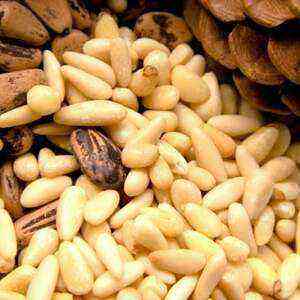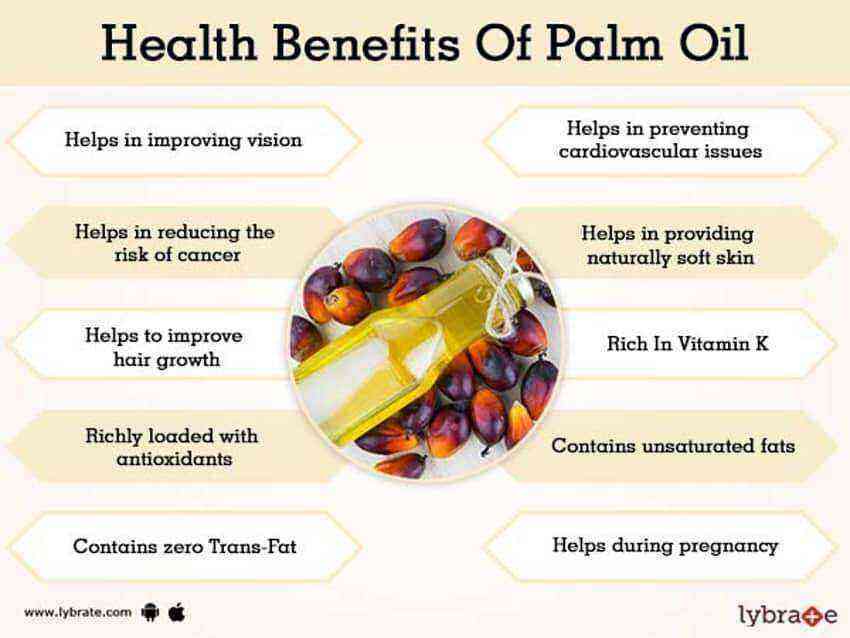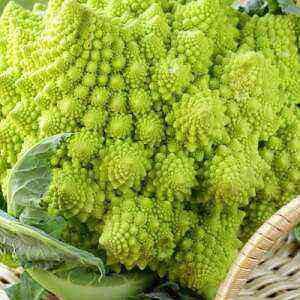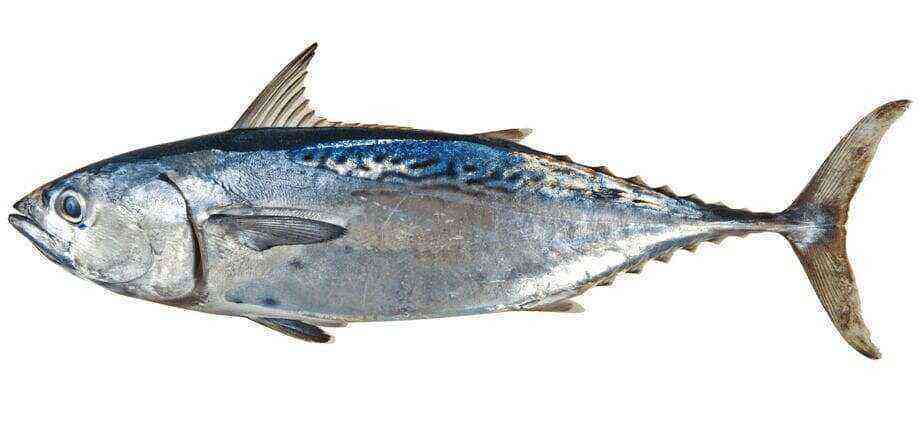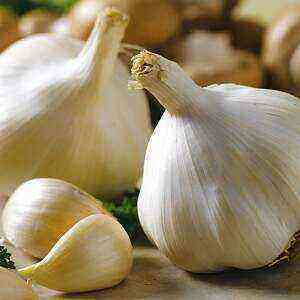
Interesting facts about oranges
It is believed that oranges originated around 4000 BC. e. in Southeast Asia, and from there spread to India, and then to other regions of the planet with acceptable climatic conditions. But even those first oranges weren’t wild. Biologists say that such a fruit does not exist in the wild. Perhaps the “wild” “parents” of orange citrus are pomelo (or as it is called “Chinese grapefruit”) and mandarin. By the way, until 1542 this new fruit lived, so to speak, without a name. It was only in the XNUMXth century that the name “orange” was coined.
Do you know how these fruits grow? The orange tree is a small evergreen plant that grows up to 5-8 meters. Today, more than 600 varieties of this culture are known. They are divided into sweet and bitter varieties. Bitter oranges are more often used to make jams, marmalades, and their zest is often used to make liqueurs. Sweet oranges first appeared in Europe in the XNUMXth century. Then this exotic fruit from the Middle East was brought by Moorish, Portuguese and Italian merchants. Around this time, Christopher Columbus planted the first orange tree in the Caribbean. In the XNUMXth century, thanks to the Spanish explorer Ponce de Leon, oranges appeared in American Florida, and this tree reached California only in the XNUMXth century, with the help of Spanish missionaries.
And one more interesting fact. Renaissance paintings depicting biblical subjects often feature oranges as food on tables. In fact, the cultivation of this fruit in the Middle East began around the XNUMXth century, and before that, orange citruses were not consumed as food.
Today, among the most popular varieties are called Kings (red), Umbilical (with an embryonic fruit inside), Jaffa (sweet with a tuberous peel), Ordinary (bright yellow).
Nutritional properties of orange
Carbohydrates
Oranges are mainly composed of carbohydrates and water, but there are almost no proteins and fats in these fruits. The predominant form of carbohydrates they contain are simple. They give the fruit a sweet taste and relatively low calorie content. Despite the high concentration of glucose, these orange exotic species retain a low glycemic index, which, depending on the variety, ranges from 31-51 units.
Fibre
One large orange (weighing about 180 g) contains approximately 18% of the RDA for dietary fiber farmer-online.com… The substance is presented in the form of pectin, cellulose, hemicellulose and lignin. Thanks to this component, citrus improves digestion and promotes the proper reproduction of beneficial microflora in the intestines. Among other things, dietary fiber is a means of effectively reducing weight and correcting cholesterol levels.
Minerals, vitamins and other beneficial ingredients
Oranges are an extremely rich source of many vitamins and minerals. It is perhaps easier to list which vitamins and minerals are not included in this fruit. ...
Other nutrients include phenols and carotenoids. The former have antioxidant properties and are mainly represented in oranges by hesperidin and anthocyanins. Carotenoids are responsible for the color of the fruit. Of the substances of this class, oranges contain the most beta-cryptoxanthin (an antioxidant that is converted into vitamin A in the body) and lycopene (found in red oranges, as well as grapefruits and tomatoes).
Another high concentration of oranges is citric acid. It gives the fruit a sour taste. In addition to flavoring, citric acid, like other citrates, plays a more important role. In particular, the results of the experiments showed that this substance effectively prevents the formation of kidney stones.
 Useful Properties
Useful Properties
Considering the high popularity of oranges all over the world, there is nothing strange that these fruits have come under close scrutiny of scientists. ..… Researchers in a variety of experiments conducted with the participation of people and animals have determined the health benefits of orange citrus .1.
Strong heart
Oranges contain flavonoids, and they are known to be able to prevent various cardiac diseases. The proof of this is clinical studies. For 4 weeks, a group of participants in the experiment was given orange juice. Toward the end of the experiment, it turned out that the blood pressure in humans had stabilized, and the blood became more fluid. Also, scientists noticed a significant decrease in cholesterol in the tested, which is also important for maintaining a healthy state of the heart and blood vessels. ...
Other than that, don’t forget about vitamin C, fiber, potassium and choline, which are also good for strengthening heart muscle. They are all also part of the chemical composition of oranges. Potassium, for example, protects against arrhythmias and reduces the risk of death from heart disease. Folic acid is another component of citrus that is also beneficial for the heart. Apparently, the orange, if not the most important fruit for the heart, is extremely important.
Kidney stone protection
Citric acid and citrates prevent urolithiasis. Potassium citrate is often prescribed for patients with kidney stones ..… It should be noted that it is this substance in its natural form in a rather high concentration is found in oranges.
Anemia prevention
Anemia is the result of a decrease in hemoglobin levels. Although oranges cannot be counted among the dietary sources of iron, which is necessary to increase hemoglobin, but these fruits are ideal for supplying the body with vitamin C. food. That is why, in the fight against anemia, it is important not only to consume iron-containing foods, but also oranges rich in ascorbic acid.
The immune system
Vitamin C is a powerful means of neutralizing free radicals, which are the cause of many serious diseases, including cardiac and cancer. Ascorbic-rich oranges are capable of destroying these unwanted “inhabitants” of the body ..… In addition, they increase the ability to resist viruses and infections. For this reason, citrus fruits are the best prevention and protection against influenza and SARS in the colder months. So the tradition of visiting patients with oranges has a scientific explanation. It is enough just to remember how much vitamin C is contained in 100 grams of the fruit. By the way, thanks to acetylsalicylic acid, orange citrus can be used as a natural remedy to lower the temperature.
Leather
Women who did not know about this before will certainly make sure that oranges become part of their daily menu. It turns out that this fruit is simply irreplaceable for the skin. Due to its chemical composition, it stops the aging process, protects against the harmful effects of the environment and UV radiation. In addition, a few slices of orange stimulates the production of collagen, which removes fine lines and wrinkles and improves the structure of the skin. And orange essential oils have long been used in cosmetology and perfumery.
Cholesterol
The fiber in oranges is able to lower the amount of low-density lipoproteins (known as “bad” cholesterol) in the body. Scientists made such conclusions after 60 days of experience with the participation of people with high blood cholesterol levels. It is enough to eat at least 1 large fruit daily to notice tangible benefits for the body.
Diabetes
Fiber from citrus fruits can help lower sugar levels in people with type XNUMX diabetes and improve glucose levels in people with type XNUMX diabetes ..… For this reason, nutritionists in the United States have ranked oranges as a beneficial fruit for diabetics. True, not everyone agrees with this. In Europe, for example, endocrinologists, on the contrary, advise their patients to give up oranges, as they can provoke an increase in sugar in the bloodstream.
Weight loss
It is known that citrus fruits have the unique property of taming excessive appetite. This is why oranges are used as a snack in many weight loss diets. In addition, they 
Vision
Thanks to vitamin A, oranges can be called a natural medicine for eyesight. The chemical composition of these fruits helps prevent age-related changes in the eyes, improve the quality of night vision, slow the progression of macular degeneration, and also reduce the risk of developing cataracts. ...
Oncological diseases
Recently, American scientists stated that oranges and their juice (as well as bananas) reduce the risk of developing childhood leukemia. Earlier, researchers made an equally revolutionary discovery: Vitamin C, contained in citrus fruits, prevents DNA mutation, therefore, reduces the risk of malignant tumors. ...
Whole fruit or juice: which is better

Bottom line: Fresh, whole fruit is still better than fresh fruit.
All is well, that in moderation
As healthy as oranges are, they should also be enjoyed in moderation. Excess fruit or juice leads to digestive disorders, abdominal cramps, diarrhea.
Signs that the body is oversaturated with oranges:
- nausea;
- vomiting;
- heartburn;
- bloating;
- convulsions;
- headache;
- insomnia.
Since oranges belong to a highly acidic food, they should be eaten with extreme caution by people suffering from gastritis with high acidity and reflux disease.
It is important to know that excessive consumption of oranges (as well as bananas) causes excess potassium in the body. And this is already a significant problem, especially for people with kidney problems.
Orange zest: benefits and harms

However, pure peel is a source of many beneficial substances. In particular, orange peels contain:
- flavonoids (have anti-inflammatory and hypotensive properties) ....;
- vitamins A, C, B5, B6;
- calcium;
- riboflavin;
- nicotinic and folic acids.
One way to get all of these benefits is to eat the inside of the rind (white) and leave the outer tough shell on. Despite the fact that the white part of the fruit between the skin and the flesh tastes bitter, it also contains vitamin C, and, most interestingly, its amount is not inferior to the concentration of ascorbic acid in the orange pulp.
Also, orange peel can be used as a natural air freshener, and the essential oils contained in it have a beneficial effect on the nervous system. Interestingly, the smell of citruses repels insects.
How to choose oranges
Would you like to choose the juiciest and tastiest fruit? Then remember that:
- ripened fruit is usually quite heavy, strong and fragrant;
- the larger the fruit, the less sweets in it;
- fruits harvested between November and December are better stored;
- the thickness of the peel and its color do not affect the taste of the fruit;
- fruits with a thick zest are easier to peel;
- it is better to store fruits at a temperature of 5-10 degrees.
Have you ever thought about how well everything is thought out in nature? If the fruit is tasty, then most likely it is also very healthy. Now you know what orange citrus fruits are good for, without which it is difficult to imagine winter and New Year’s holidays. But it is during the cold season that our bodies most of all need useful components from sweet and sour oranges.
Sources of
 Useful Properties
Useful Properties






